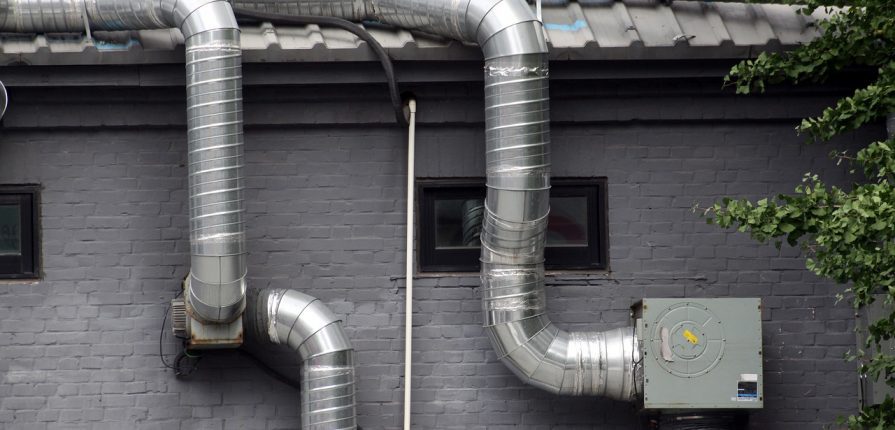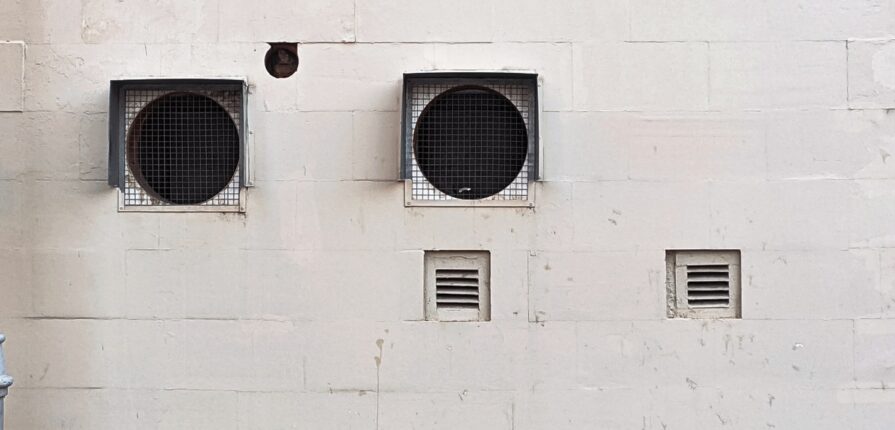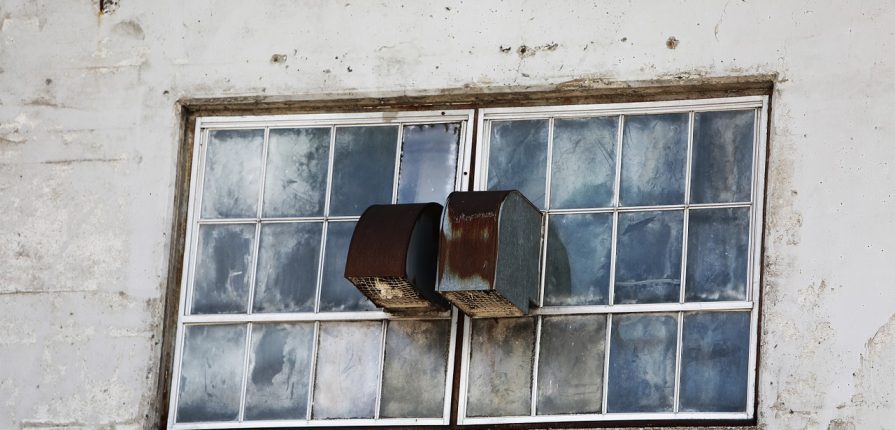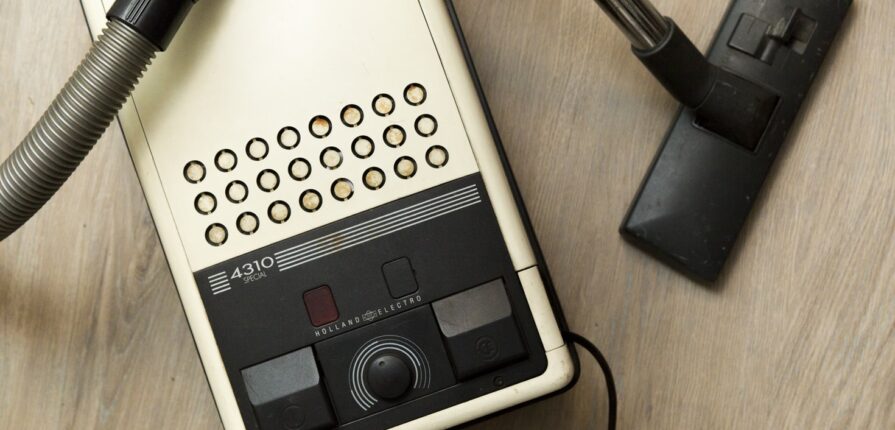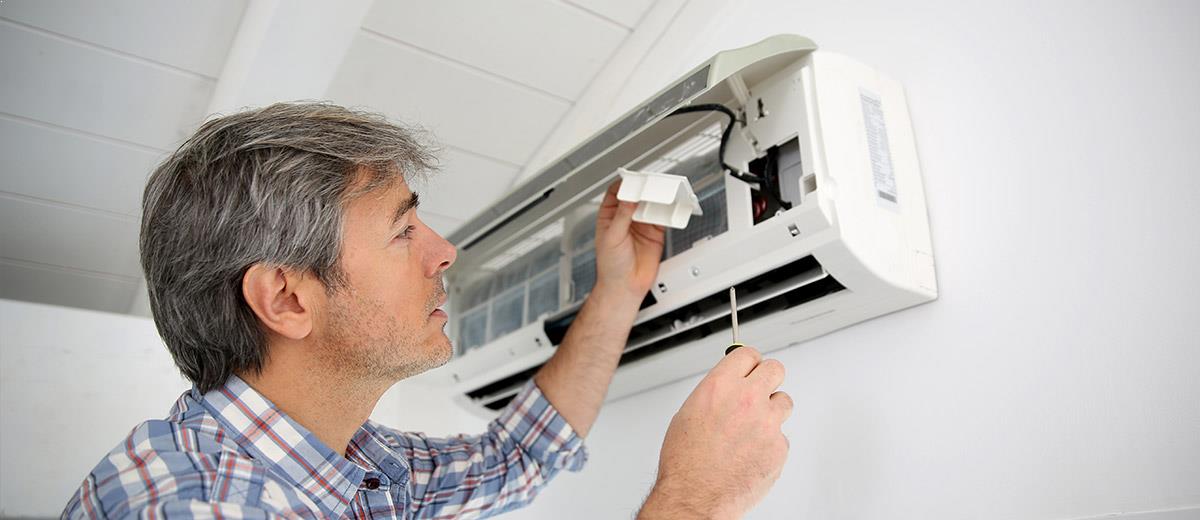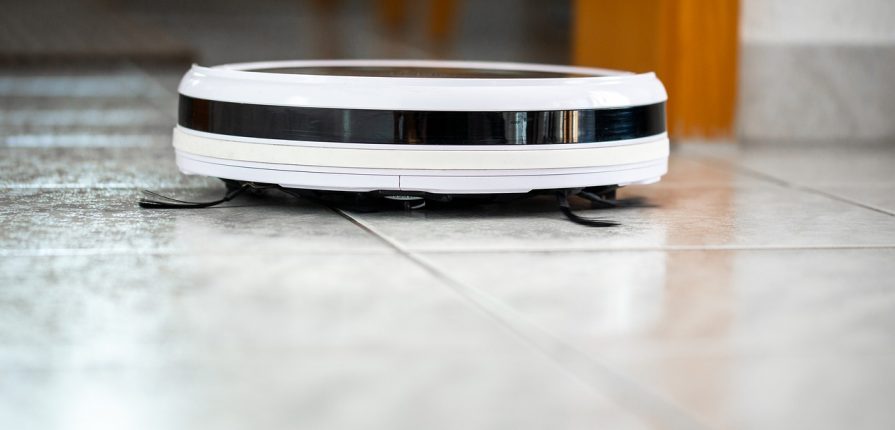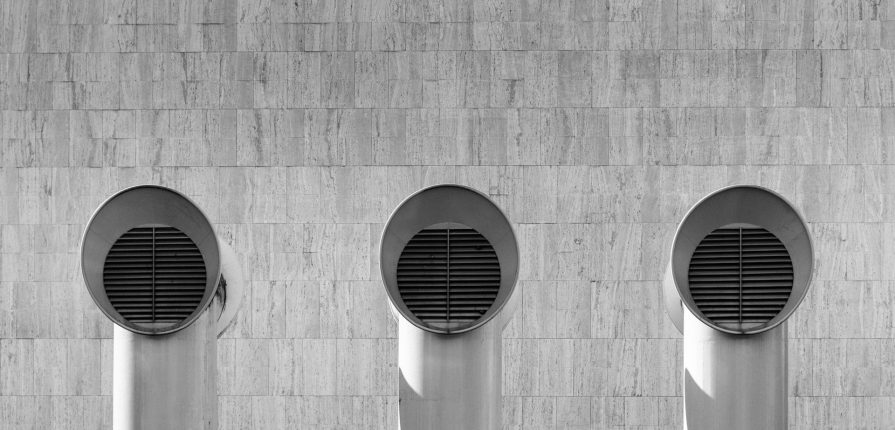How to Prepare Your Home for a Duct Cleaning in the Pandemic. How frequently you need to have your duct cleaned depends on the air quality where you live and the existing condition of your heating, ventilation, and air conditioning (HVAC) system.
If you are getting a duct cleaning service, you might have a lot of considerations and concerns. While you’re probably reluctant to let people into your home, there are ways you can prepare for a duct cleaning service during the pandemic and still be safe.
Here’s how you can do that:
1. Isolate the Room
You need to isolate the room that will be cleaned. Take the window screens out of the room and close the door to the room. Use dry cleaning and wear a disposable glove when cleaning your HVAC unit.
Wear a disposable glove when cleaning your HVAC unit. Wait for the duct cleaning service to finish cleaning. Let the workers do their job first and leave home once done.
2. Disinfect Your Air Ducts
Before you have your HVAC system cleaned, the technician will recommend disinfecting the ducts to remove harmful bacteria and viruses.
Filthy ducts are the perfect breeding ground for bacteria and viruses, so a big part of HVAC duct cleaning is disinfecting them. HVAC disinfection can be done using sodium hypochlorite (bleach), hydrogen peroxide, and potassium hydroxide.
The cleaning is done on an individual duct basis. It is done by spraying or drizzling the disinfectant into the duct and letting it sit for 15 minutes. After this, the duct is thoroughly rinsed and let air dry.
3. Consider a Whole-Home Cleaning
Cleaning the ductwork is only one aspect of HVAC duct cleaning. The bad news is that even if you disinfect your ducts, you still need to do a whole-home cleaning.
This can be done by using your indoor air cleaner and running your furnace. At the same time, you need to have your HVAC system cleaned. You can have it cleaned by a professional, or you can also do it yourself.
4. Make Sure That Your Ductwork is Not Damaged
Before having your ducts cleaned, do a visual inspection and ensure that your ductwork is not damaged. You should also ensure that the return air ducts are securely fastened and in good condition.
If you see any leaks, you need to make sure that these are repaired first before you have your ducts cleaned.
5. Keep the Ducts and Air Ducts Clean
Regular cleaning is critical to prolonging the life of your HVAC system. You can do this by regularly cleaning the outside of the ducts. You can also have your vents lined with a unique material to keep them clean. You can also change your filters regularly.
6. Have Your HVAC System Sealed
If you have your air ducts sealed, you will be able to prolong the life of your heating system. Sealed air ducts reduce the loss of heated or cool air and reduce your power bill. Sealing the ducts is done by fitting the ducts with new baffles, seals, and insulation.
7. How do I prepare my house for air duct cleaning?
During the COVID-19 pandemic, many people are spending more time indoors, which has led to an increased interest in improving indoor air quality. One way to do this is by cleaning the ducts in your HVAC system.
Duct cleaning involves removing dust, debris, and other contaminants from the ductwork that carries air throughout your home or building. This can help to improve indoor air quality, reduce allergens, and prevent the spread of airborne pathogens.
If you’re considering having your ducts cleaned during the pandemic, it’s important to take some precautions to ensure your safety and the safety of the technicians who will be performing the work. Here are some tips:
- Hire a reputable and licensed duct cleaning company that follows CDC guidelines and local regulations related to COVID-19.
- Communicate with the company beforehand to ensure that they have a COVID-19 safety protocol in place, including wearing masks, practicing social distancing, and sanitizing equipment and surfaces.
- Consider having the duct cleaning done when the building is unoccupied or has minimal occupancy to reduce the risk of transmission.
- Open windows and doors to improve ventilation during and after the duct cleaning.
- If you or anyone in your household is experiencing COVID-19 symptoms or has recently tested positive for COVID-19, reschedule the duct cleaning for a later date.
By following these precautions, you can help to ensure that your duct cleaning is done safely and effectively during the pandemic.
Conclusion
The best way to be safe during a pandemic is to stay indoors and avoid contact with other people. Duct cleaning is necessary to improve your indoor air quality permanently. It also reduces your energy costs and increases the efficiency of your HVAC system.
Can Do Duct Cleaning provides duct cleaning services to cities across Ontario, including Oshawa, Whitby, Ajax, Pickering, Scarborough, Markham and all across cities located in the Greater Toronto Area.
Our high-quality equipment, professionalism, experience and expertise make us the best choice for duct cleaning services in Greater Toronto and surrounding areas. If you need duct cleaning services in Scarborough, call us at 647-339-4113 now!



